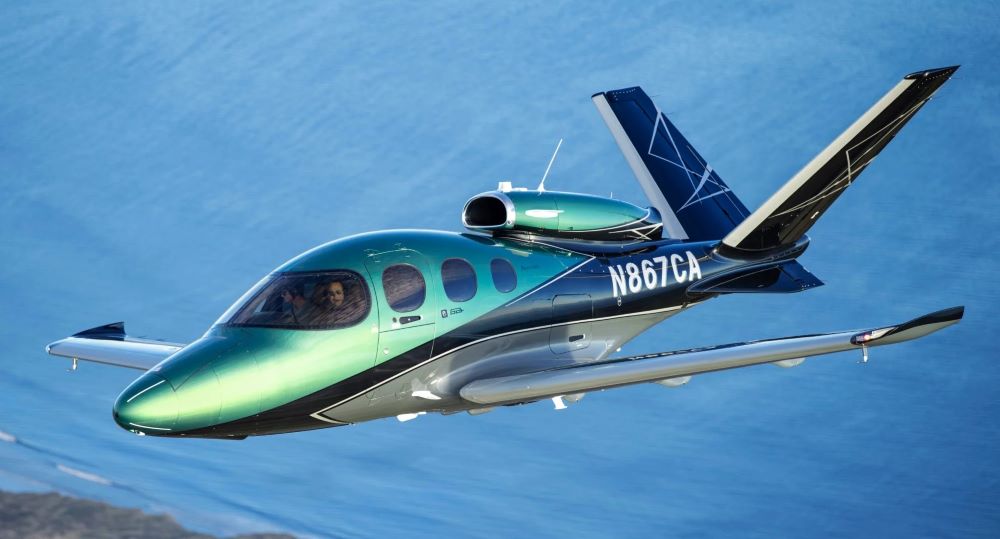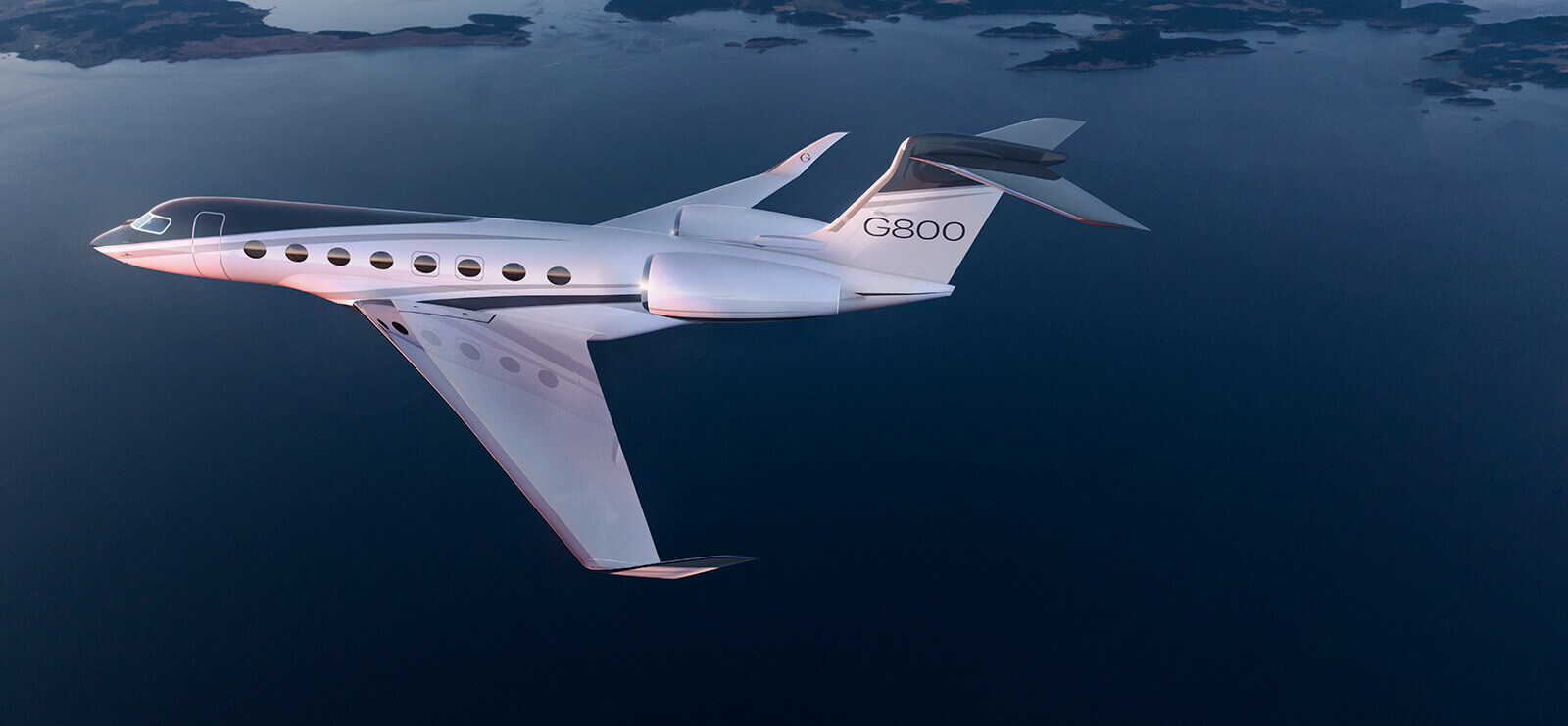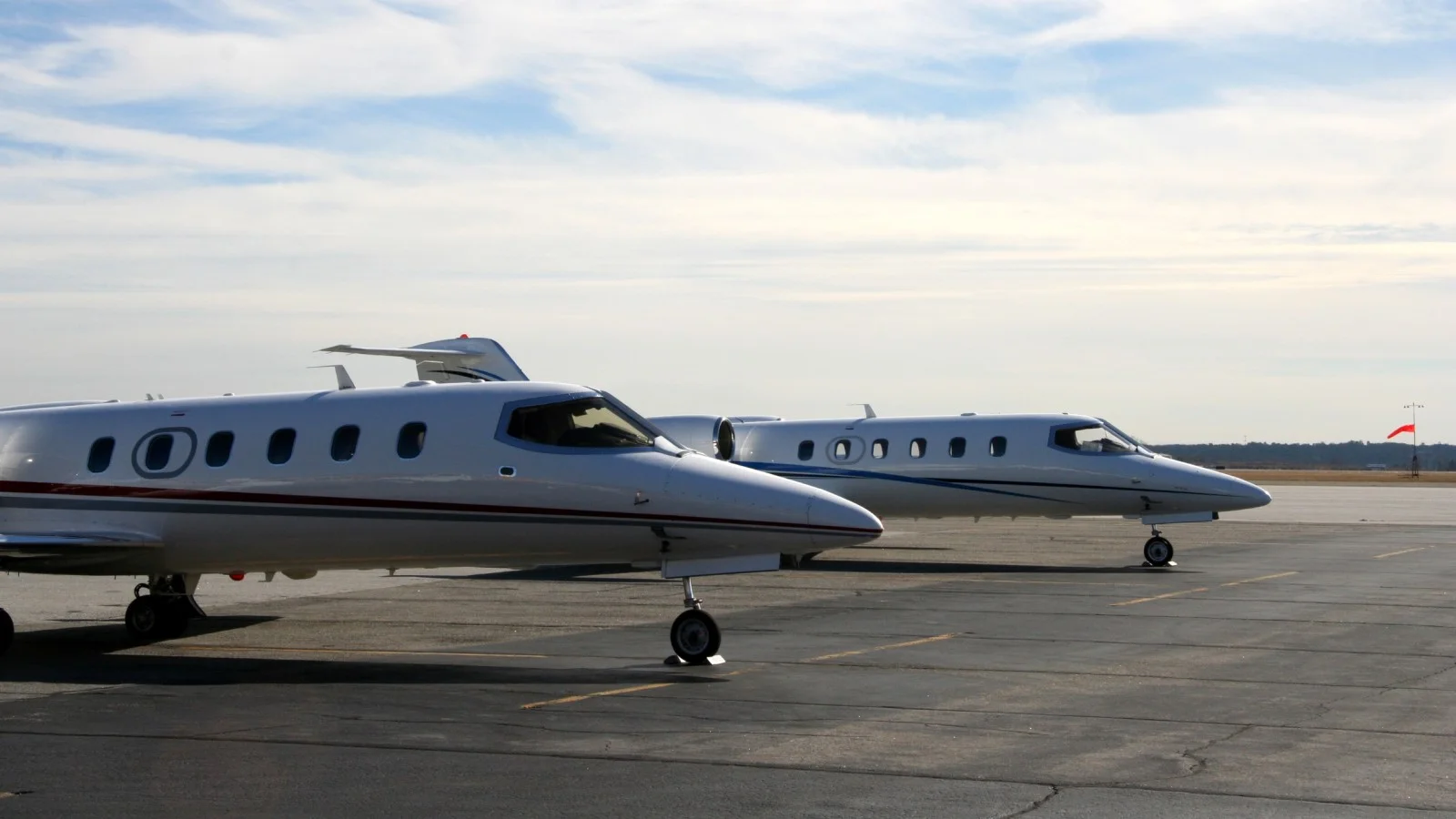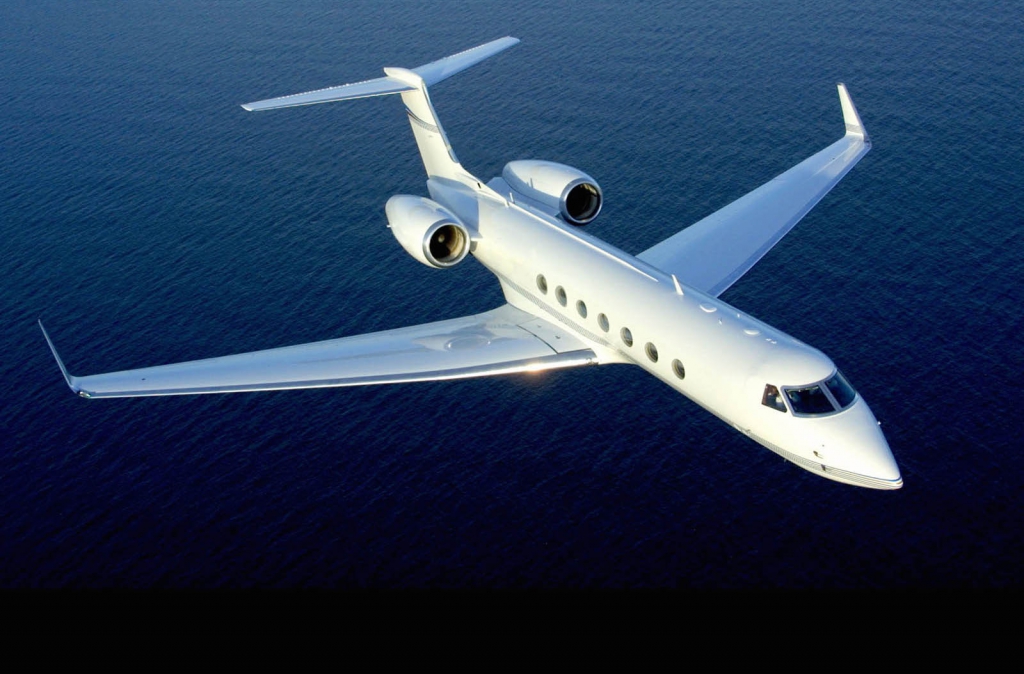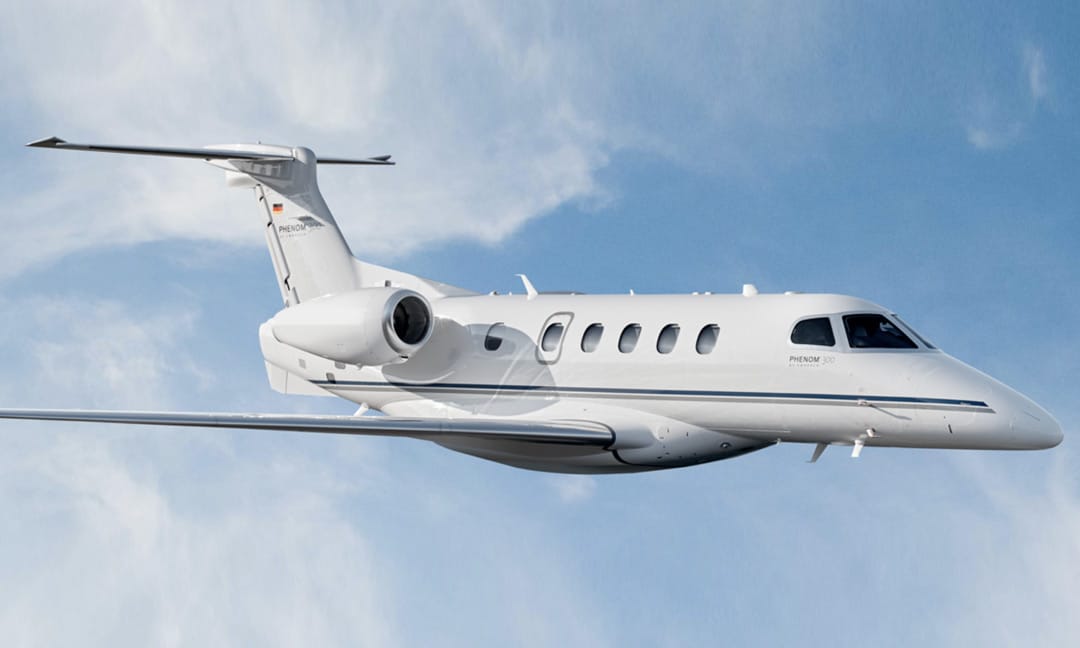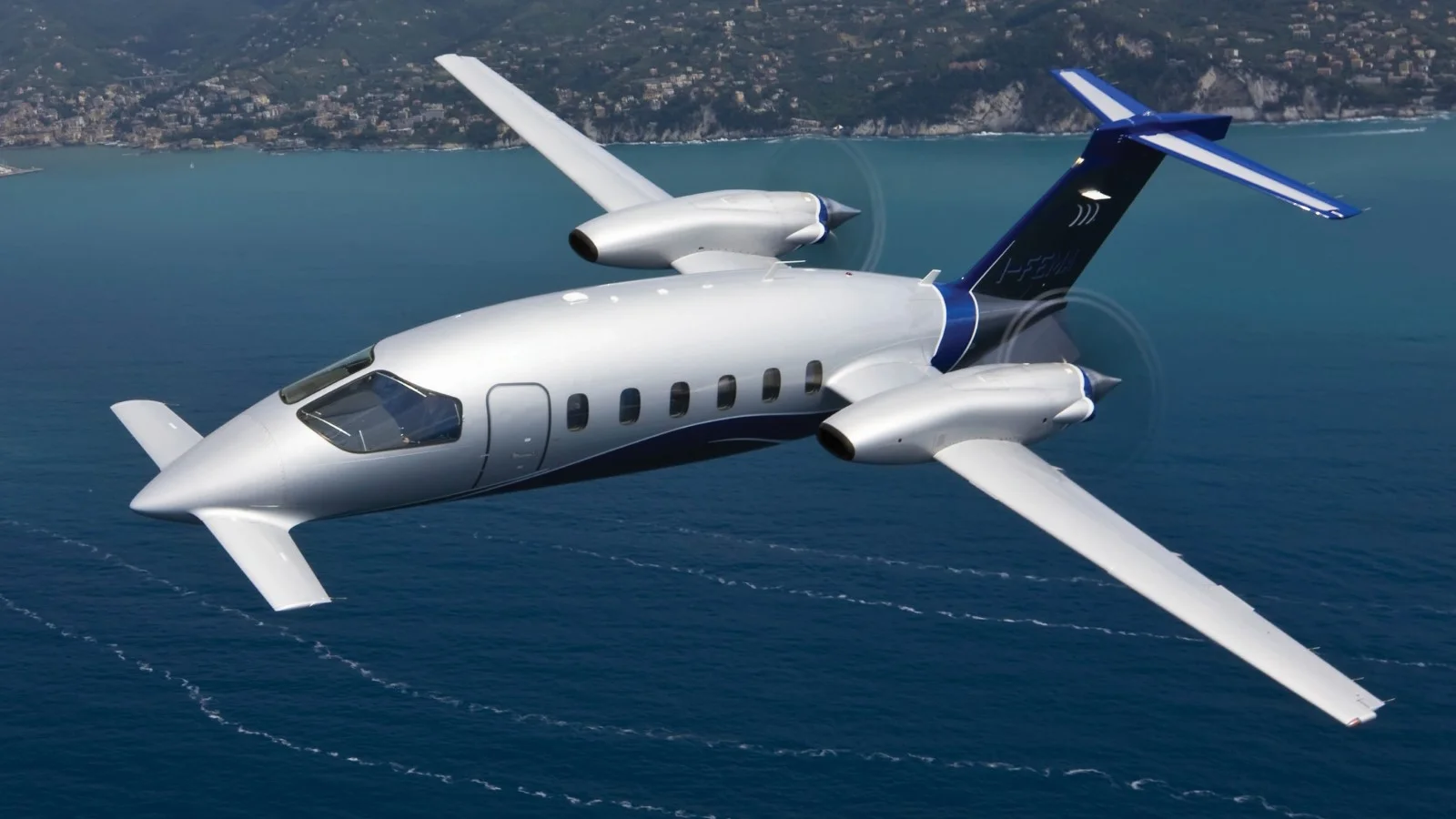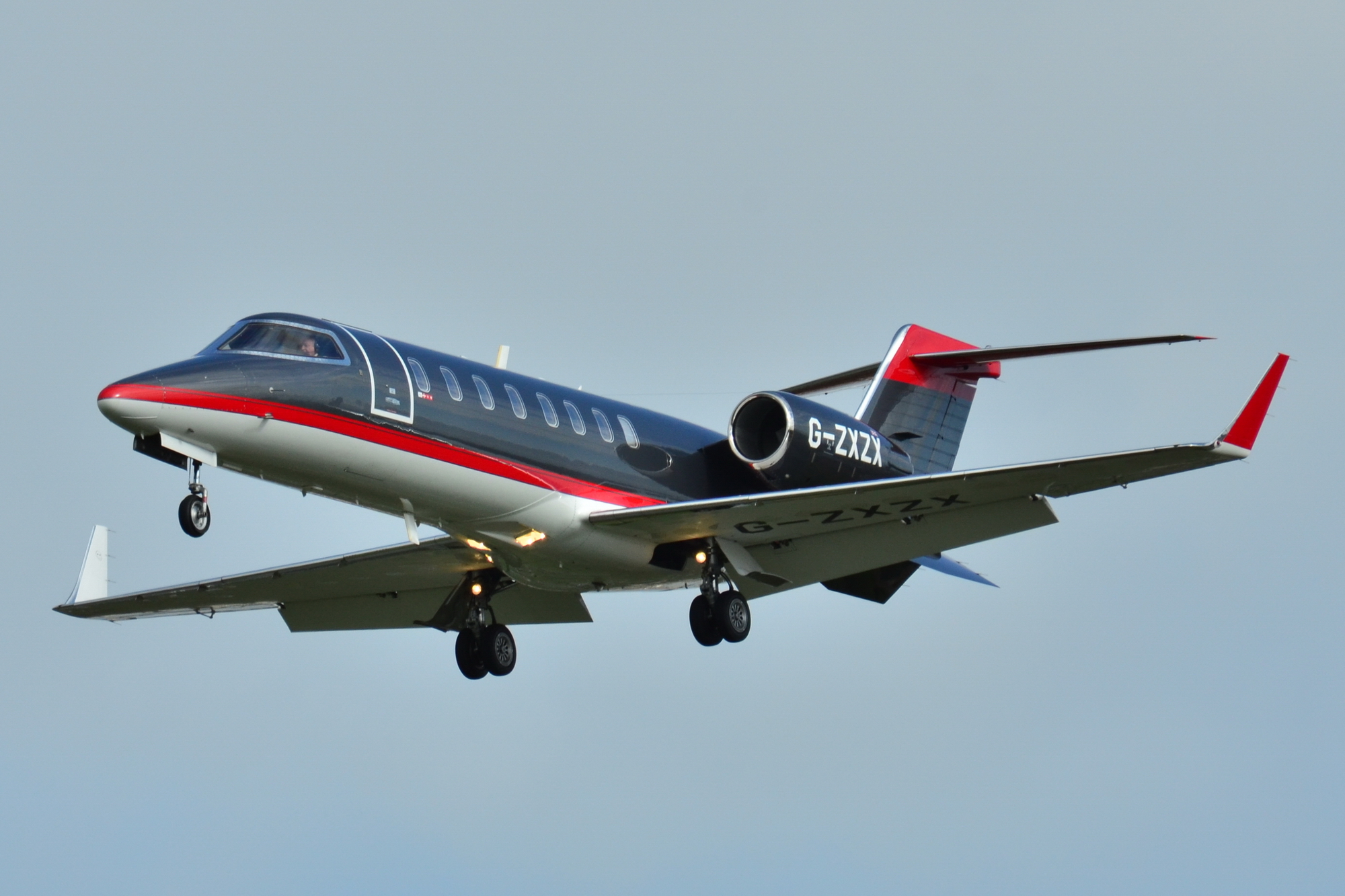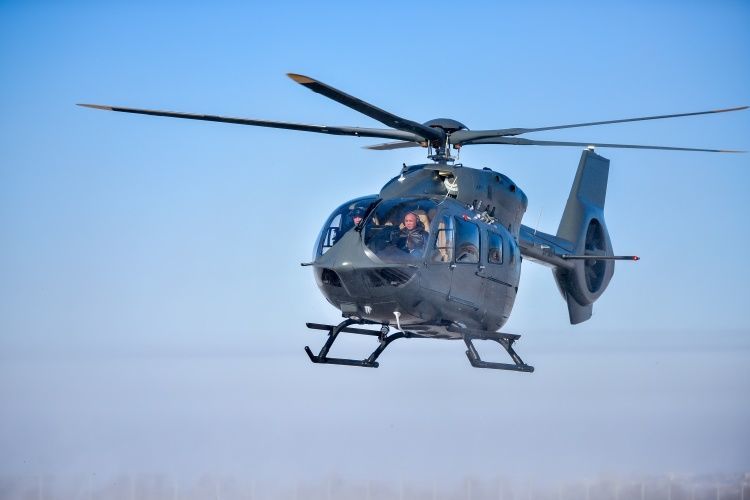The Bombardier Challenger 600: A Look Back at the 1980 Business Jet That Changed Everything
7 min read
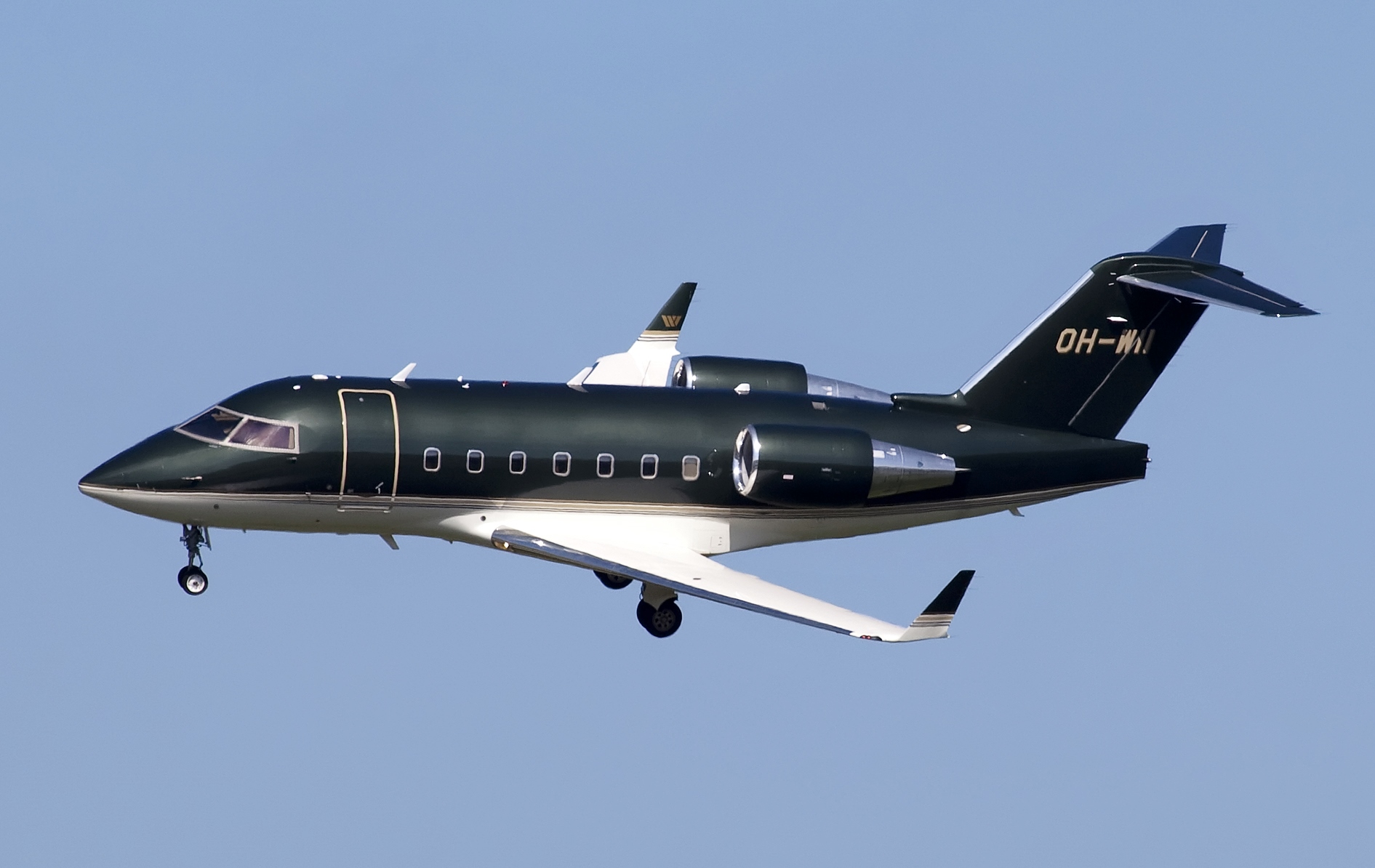
You know how sometimes you come across an airplane that just... changed things? The Bombardier Challenger 600 is one of those planes. When we first started looking into this aircraft, we honestly weren't expecting much. Another business jet from the 80s, right? How wrong we were!
This thing has a story. And not just any story; it's got drama, near-bankruptcies, a fatal crash during testing, and somehow still managed to basically invent the modern business jet cabin. It's messy and fascinating and honestly, kind of tragic in some ways.
But let’s back up.
Where It All Started (Spoiler: It Wasn't Pretty)

So this whole thing begins with Bill Lear. Yeah, the Learjet guy. It was in the mid-1970s, and he had this wild idea for something called the LearStar 600. Long-range business jet, supercritical wing, the works. Sounds great on paper, right?
Well, Lear's vision was maybe a little too... visionary. By 1975, Canadair, the Canadian government aerospace company, basically said "we'll take it from here" and bought the whole project for $70 million. They renamed it the Challenger 600 in '77, and Lear’s involvement pretty much ended there.
The Canadians changed a bunch of stuff. Most notably, they went with a T-tail design instead of Lear's original concept. Looked cool, sure, but T-tails have this nasty habit of getting into deep stall situations that you can't get out of. More on that later.
The first prototype rolled out in May 1978. Maiden flight came in November. Everything seemed to be going okay until...April 3, 1980.
They were doing deep stall testing, which is basically seeing what happens when you push the aeroplane to its absolute limits. The prototype stalled, went into a deep stall situation, and couldn't recover. There was supposed to be a recovery parachute system for exactly this scenario.
It didn't work.
One test pilot died. Another was injured. Just like that, the whole program had this cloud hanging over it.
But here's the thing, they kept going. Got certified by Transport Canada in August 1980 and FAA approval in November. Started delivering planes that same year, even though the whole thing had already cost Canadair something like C$1.5 billion.
That's a lot of money. Especially when sales weren't exactly setting the world on fire and production kept running into problems. Canadair was hemorrhaging cash. So much so that Bombardier had to swoop in and buy them out in 1986 just to keep the lights on.
They only built 81 of the original 600s before calling it quits in 1983. Not exactly what you'd call a commercial success.
The Numbers Game
But let's talk about what this thing could actually do, because on paper? It looked pretty damn good.
Two Lycoming ALF 502L engines supplied 7,500 pounds of thrust each. It had a max speed of Mach 0.85, cruise speed at Mach 0.80, as well as a range of 3,910 nautical miles with a typical load. All of these meant that it could fly from New York to London without stopping.
But, and there's always a but, reality had other plans.
Those Lycoming engines weren't exactly rolling off the production line on schedule. Performance wasn't quite hitting the promised numbers either. Federal Express, who was supposed to be the big launch customer with 25 planes, took one look at the delays and said "thanks but no thanks."
That cancellation hurt a lot.
When everything was working properly, though, the fuel burn was actually pretty reasonable. About 3,800 pounds in the first hour (takeoff and climb are always thirsty), then down to 2,000 pounds per hour once you're cruising. The supercritical wing design did deliver on fuel efficiency, at least.
Finally, A Cabin You Could Actually Use

Here's where things get interesting. While everyone else was building what basically amounted to flying phone booths, Canadair had a different idea.
Why not build a cabin you could actually walk around in?
The "walk-about" cabin wasn't just marketing speak. This thing had 6'1" of headroom, 8'2" of width, and 28'3" of length. Flat floor, stand-up height throughout. It felt more like stepping into a small airliner than a business jet.
The standard layout had a forward galley, four-chair club seating, a conference area that could convert to beds, and an aft lavatory. Everything swivelled and reclined. Fold-out tables, individual lighting, stereo systems, and even phones, which were pretty exotic stuff in 1980.
The noise levels were impressive too. Quiet enough that you could actually have a conversation without shouting. On those long transcontinental flights, that made a real difference.
Could you squeeze 19 people in there if you wanted to? Sure. But the whole point was luxury for 8-14 passengers who actually had room to spread out and work.
This cabin design basically invented the modern large-cabin business jet concept. Everything that came after, the Globals, the G650s, all of it, traces back to what Canadair did with the 600.
1980s Technology at Its Finest (Sort Of)

The cockpit was pure 1980; analog everything. Round dials, mechanical gauges, the works. No fancy glass displays here.
But don't let that fool you. The avionics package was actually pretty sophisticated for the time. The heart of it was a dual-channel Sperry SPZ-600 autopilot system that included certification for Category 3A automatic landings. That's the ability to land in basically zero visibility conditions, stuff that was normally reserved for airlines.
The redundancy was impressive, too. Three hydraulic systems, four backup power sources. This wasn't built like a typical business jet; it was built like a small airliner. Lose one system? No problem. Lose two? Still flying.
Standard equipment included Primus 400 weather radar and Collins Pro Line 1 radios. You could opt for HF radio for oceanic crossings if you wanted to get fancy.
Looking back, the avionics were probably one of the things they got right, even if everything looked hopelessly analog by modern standards.
The Money Part (Where Things Get Ugly)
A new Challenger 600 in 1980 would run you somewhere between $10-12 million, depending on options and market conditions. In today's money, that's something like $35-40 million.
These days, if you can find one of those early airframes still flying, you're looking at $1-3 million depending on condition and how much money someone's put into upgrades.
Operating costs were actually competitive; about $4,000 per flight hour, including fuel, maintenance, and crew. The fuel efficiency was real, and maintenance intervals were refreshingly long. Routine checks every six months, major inspections every 96 months.
Of course, when those major inspections came due, they hurt. Landing gear overhauls alone cost about $110,000. And you needed to set aside about $375 per hour per engine for eventual overhauls.
The problem was those early reliability issues. The engines had a habit of not living up to their maintenance schedules, and unscheduled maintenance has a way of making even the best operating cost projections look overly optimistic.
What Worked, What Didn't
So was the Challenger 600 actually any good?
The cabin was revolutionary, no question about it. That wide-body comfort in a business jet was genuinely game-changing. The redundancy systems were solid, and once they worked out the early bugs, dispatch reliability hit over 99%.
The supercritical wing delivered most of what it promised: good short-field performance, transcontinental range, and efficient cruise. Operating costs were competitive when everything was working right.
But those early reliability issues were brutal. Engine problems, performance shortfalls, that test crash, it all added up to credibility problems that took years to overcome. FedEx canceling their order was a gut punch; the program never really recovered from it.
Market acceptance was slow, too. Gulfstream had loyal customers and a proven track record. Breaking into that club required more than just good specs. Today, those analog avionics feel ancient and expensive to upgrade. Some pilots complained about heavy handling characteristics at high weights.
Looking Back
The Challenger 600 changed business aviation forever, even though it wasn't exactly a commercial success in the traditional sense.
It proved that wide-body cabin comfort was possible in a private jet. That concept influenced everything that came after; over 1,000 aircraft in the Challenger family eventually got delivered. Not bad for a "failed" program.
Despite all the problems, the crashes, the financial struggles, the slow sales, it established Bombardier as a major player in large-cabin aircraft. It showed you could blend airline-level systems with private jet flexibility.
Would we recommend one today? Probably not over the newer variants like the 601 or 650, which have modern avionics and better reliability. But there's something appealing about those early airframes trading for a few million dollars. You get a lot of airplane for the money, plus some genuine aviation history.
The Challenger 600 pushed boundaries, even when those boundaries pushed back hard. It's remembered not for how many they built or how much money it made, but for fundamentally changing what people expected from business aviation.
Sometimes that's more important than getting everything right the first time.
